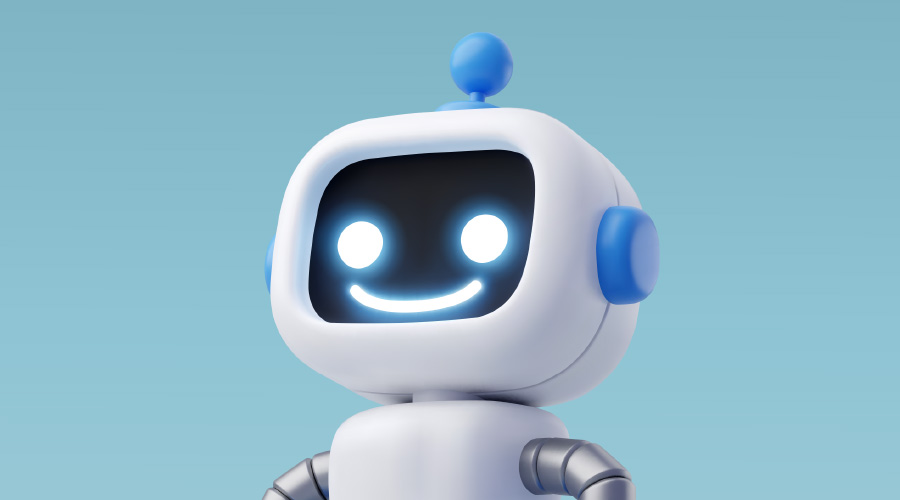
Getting Facility Managers to the Executive's Table
John Rimer of FM 360 discusses how facility managers can promote their value to upper management. January 11, 2024
By Jeff Wardon, Jr., Assistant Editor
Facility managers are a vital part of any facility continuing to function as it should. However, they often do not get the representation they need, according to John Rimer of FM 360 Consulting and “Building Operating Management” Facility Influencer. Rimer will be presenting the keynote session addressing this issue called “Facilitopia - A Brighter Vision for the Facility Industry” at NFMT in Baltimore, Maryland from March 12 to 14, 2024.
NFMT: How can organizations ensure that their facilities management departments get the resources they need?
Rimer: I think there are a few key components. One is the facility organization – I am talking about everybody from the upper management within the facilities department all the way down to the boots in the field. Your custodial staff, your grounds, all of them must first recognize and understand the value they deliver to the organization. That is the topic that I speak about often -- selling the value of facilities management. So, before you can sell something, you must understand the value of what you are selling. One of the first key obstacles that organizations have is just underselling facilities management. They say we keep the lights on, we make sure we maintain space temperature or we keep the restrooms clean. While that is true, it all serves a greater purpose. The purpose is to provide a safe, healthy and productive work environment. Make that connection first.
Then once they realize that value, the second step then is to communicate that value. So, how does everybody from the upper management down to the booths in the field communicate the value of what they deliver to the organization? That can be both active and passive. So, active is verbally and directly communicating it. However, I think more of what we can do can be done passively. So, through just our interactions through some of the word choices and our interactions with the customers, some of the stuff we share via just correspondence and e-mail or on websites, those are all different ways that we can passively reflect and sell the value of the organization.
The third key part of that is selling the value of basically making a bunch of promises. We have got to make sure we deliver. Delivery is again so that everyone participating in the delivery can monitor and manage those key performance indicators (KPIs). It really is tying back to how well are we keeping the facility? How are we keeping those spaces up and running? How are we keeping everybody safe, happy, healthy and productive? If we can quantify and track that information, showing that we are delivering on what we sold them, then we continue just to basically rinse and repeat on that.
NFMT: How can facility managers gain more recognition both within their organizations and outside of their organizations?
Rimer: It is that evolution of us as facility managers and the evolution of the facility industry. We have come from a line of blue-collar wrench turning go-getters, which is a great lineage to come from. However, we need to continue to evolve and expand upon that so that we are not just technically understanding how facilities work. Instead, we should define ourselves as business managers because most facility managers oversee the second largest asset and expense for most organizations. So, with that, we cannot go about as just being maintenance. I hate limiting us to that maintenance department terminology if we really are business managers. The facility manager must ensure they view facility operations and management as a business. Then also track and communicate that information to their upper management or the other key stakeholders. We have to communicate in terms that other key stakeholders and upper management understand that they relate to. That is the key part of what a facility manager can do to translate that value proposition of the facilities.
The second half of that is leaning on that technical lineage, basically showing them that we are the expert. When they start talking about facilities and operations, bring us in as that subject matter expert, which we saw happen a lot during COVID-19. As ugly as COVID was, it provided an opportunity for the facility managers to get brought to the table because we are all trying to solve these issues. We need to have more opportunities to put ourselves out there as those experts that can be relied on. We get the big picture, and we can help them manage the facilities and operations to support that big picture.
NFMT: What exactly is “Facilitopia”?
Rimer: It is a word I made up probably a good dozen years ago. I was doing a small regional conference in Idaho, and I explained my utopian view for facilities. There I decided we are just going to call it Facilitopia. So, it was just a spur of the moment brainchild that I have kept ever since. However, there are some key tenants to Facilitopia when you look at it. The first key element is recognizing the value. We have to recognize our value internally within the department and then also that value is then recognized by the overall organization. That is the first part.
The second part is increased resources because facility organizations continue to be void of resources from a fiscal standpoint. Part of that is we must be able to again through that recognized value then substantiate the resources we need both people and money. Part of that on the money side is increasing the wages of those workers because we are not living in 1963 anymore where I got an HVAC tech, and they are making X dollars per hour. We manage far more complex facilities.
As an analogy, my first car was a ‘68 Mustang, and it was extremely simple to work on. For the cars of today, I would not want to change the oil in them because they are so complex. Then think about it, our facilities are even more complex. With them, it is not just that I have one car, I have got a whole bunch of cars, and they are all connected. Then whatever affects car A is going to affect car B, C and D. That is where we need to change that mindset to this Facilitopian view. That is, getting that recognition of the skill sets, recognizing the value of those people managing these facilities and paying them basically commensurate of what we expect when it comes to operations.
Then the third part is gaining a seat at the table. Notoriously, people do not know what to do with us. I have seen facilities departments report to human resources or even legal. Facilities is the second largest asset and expense for most organizations, so why the heck would you make them a department underneath some other department? Now with me as the director of facilities, I am relying on the director of human resources to understand what we are trying to accomplish and communicate our value proposition. A director of human resources would not get our world at all, so that makes no sense to me. This is where, from the very beginning, we have to evolve the facility industry into those of us that are facility managers instead being business managers. We need to get to that table so that we can be part of that executive leadership. Thankfully in my almost 27 years of doing this, I have seen that finally start to change where you are seeing more vice presidents of real estate, facility operations or something to that effect. These are huge wins that should have happened a long time ago. We need more of them and that is part of what Facilitopia is supposed to help change.
To learn more about bringing facilities management to that executive table, be sure to check out Rimer’s session at NFMT 2024 in Baltimore. Register for NFMT here.
Jeff Wardon, Jr. is the assistant editor for the facilities market.
Next
Read next on FacilitiesNet












